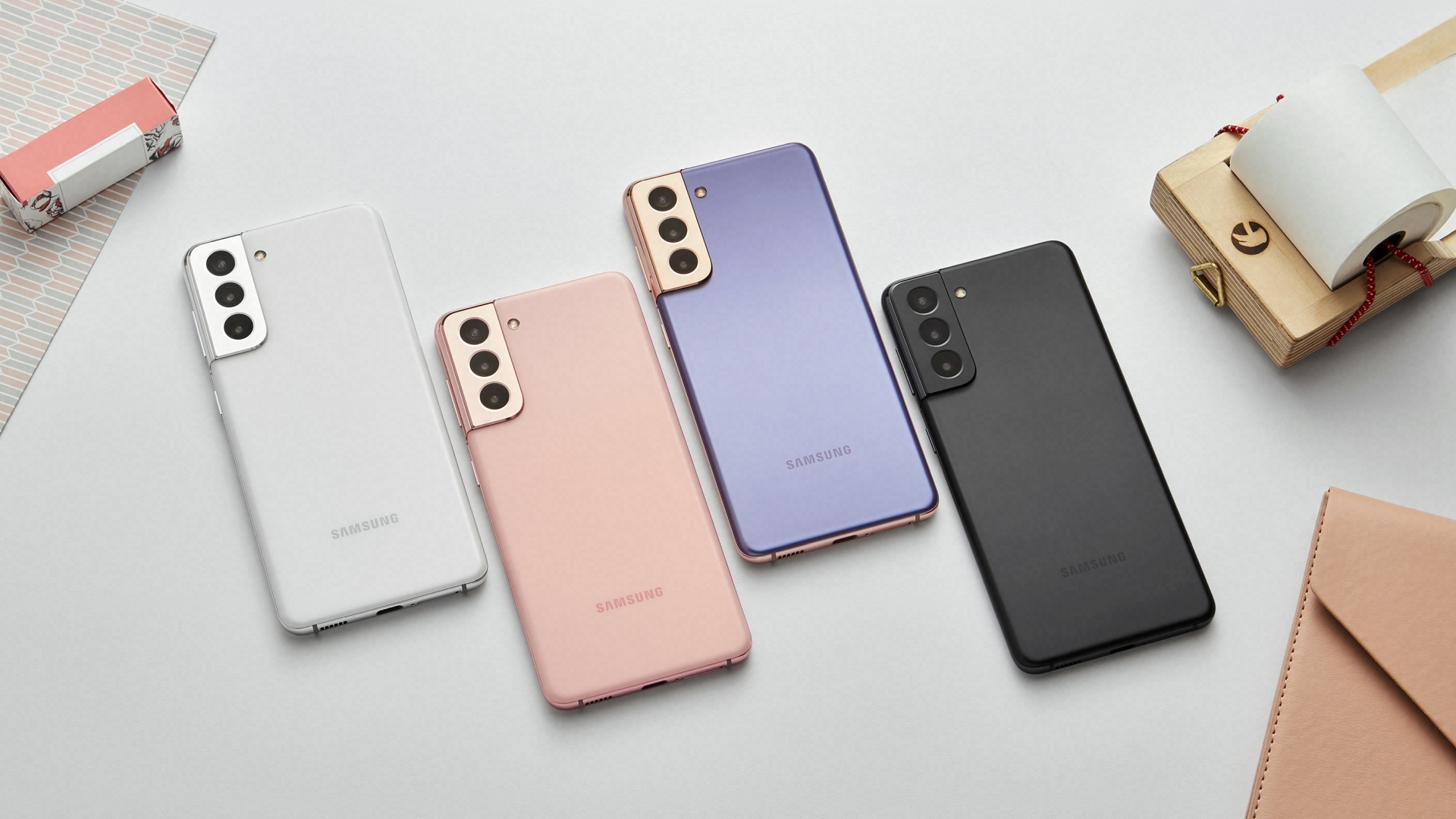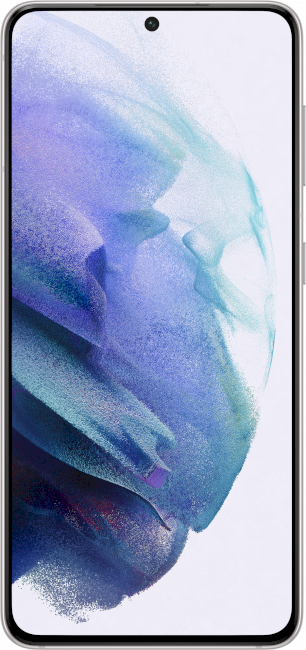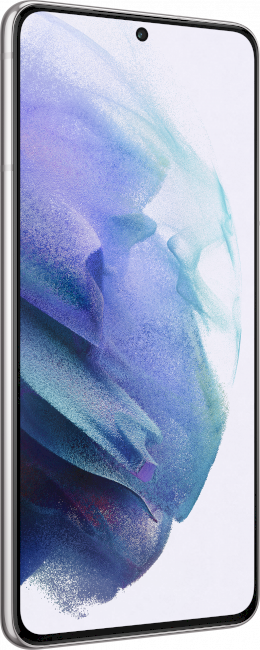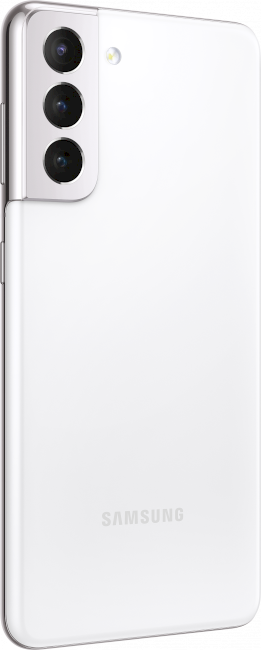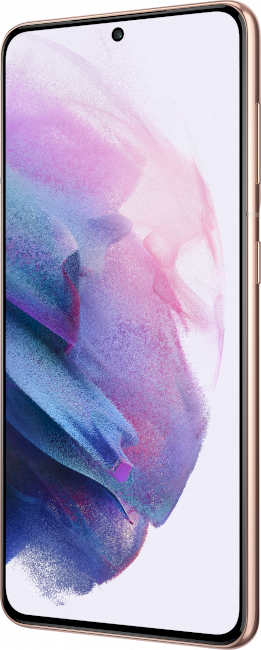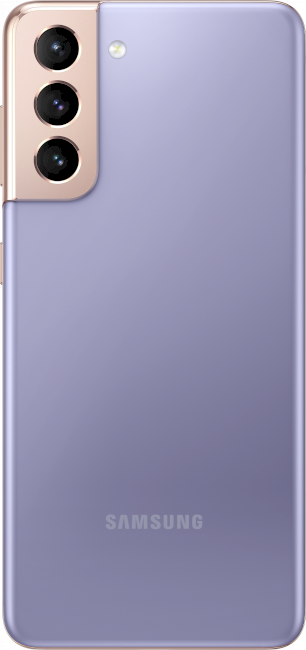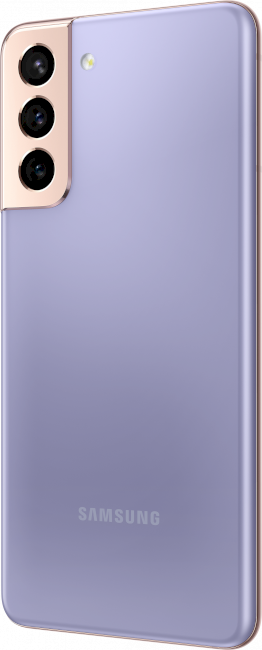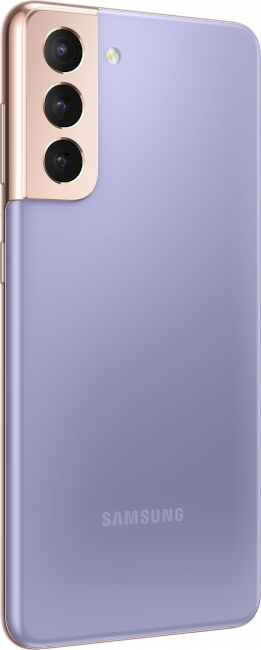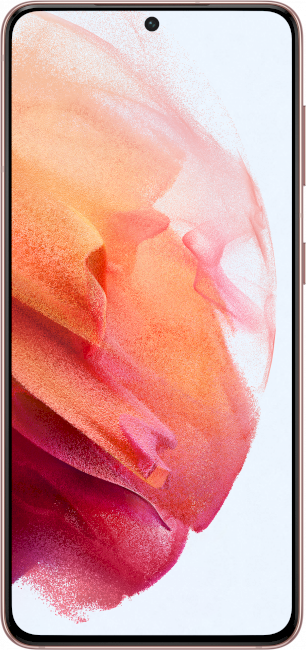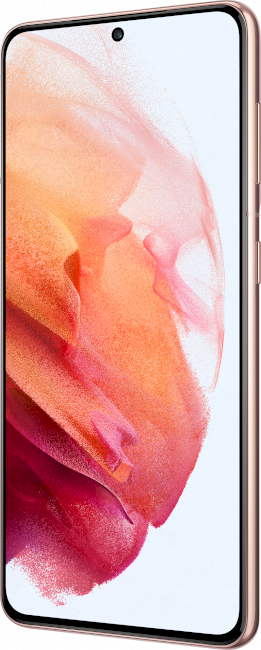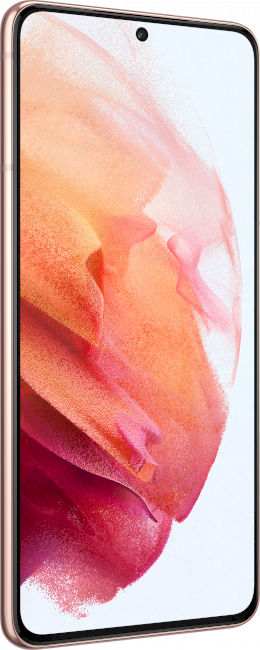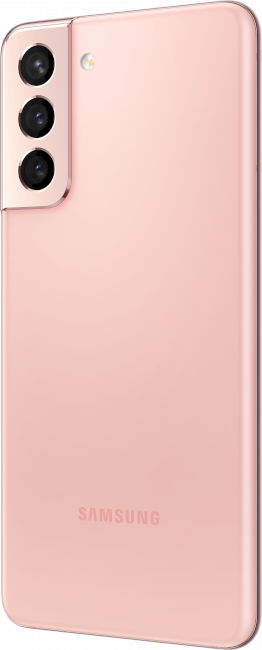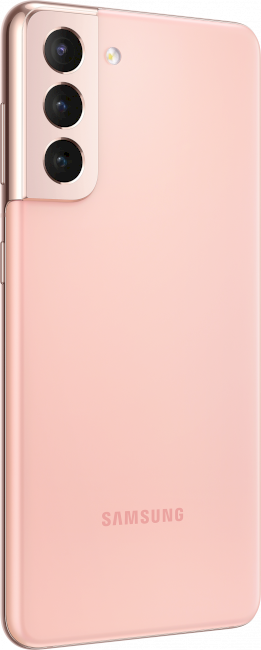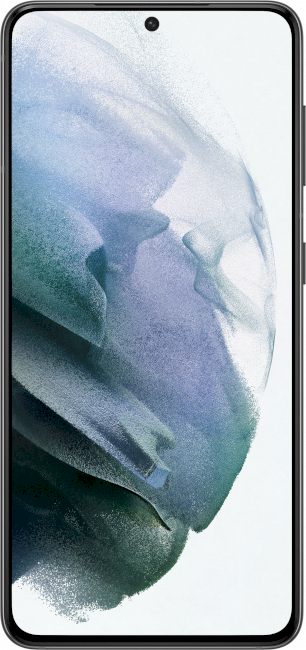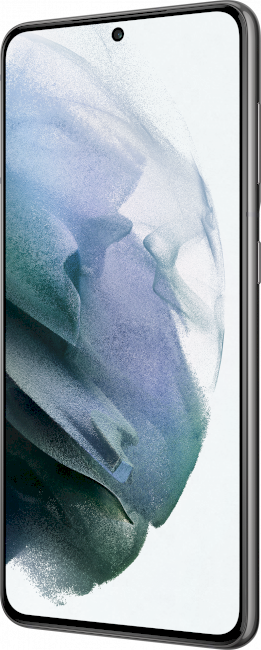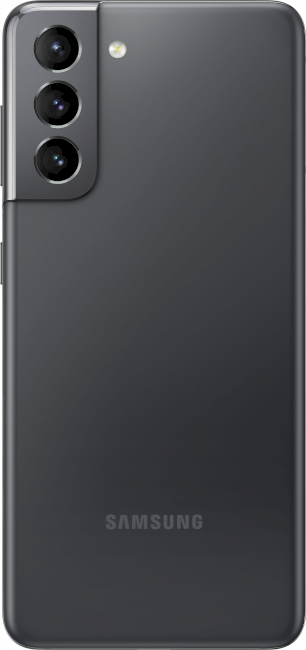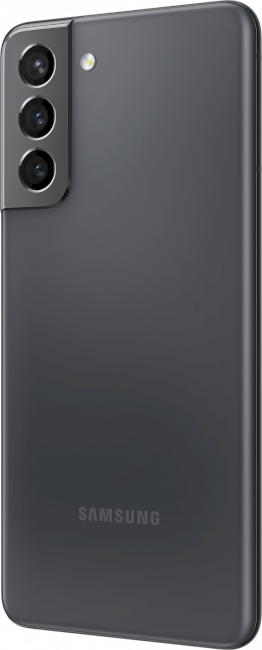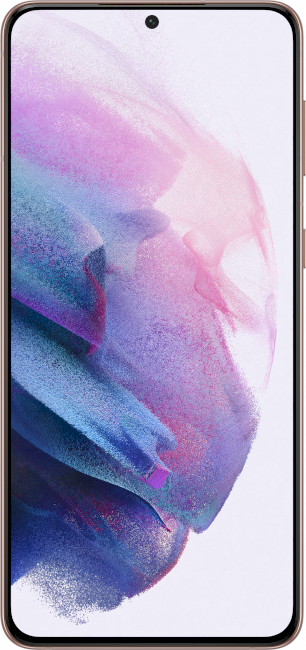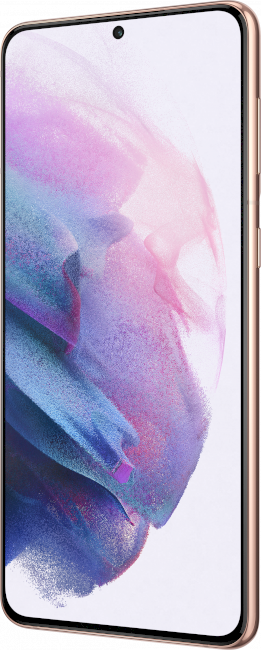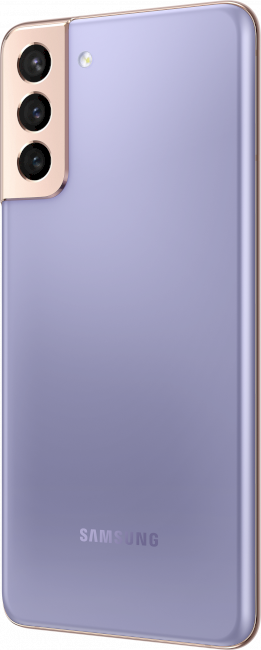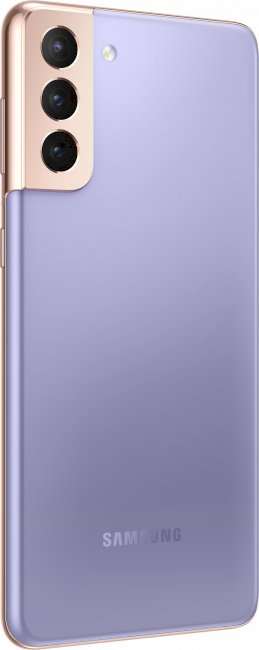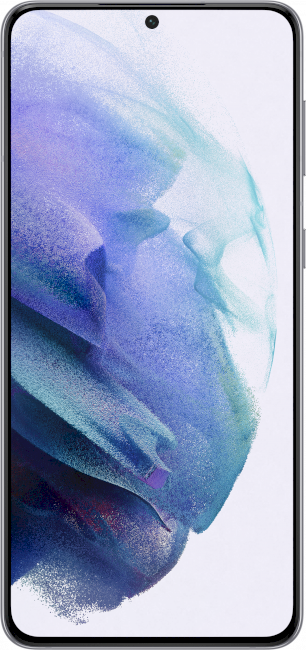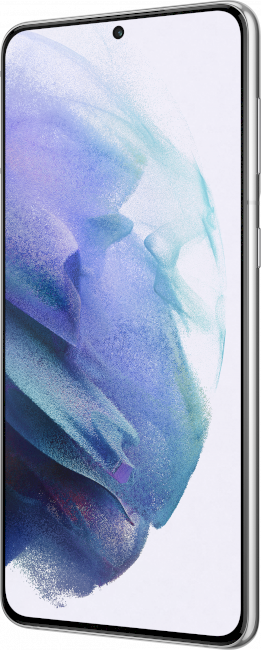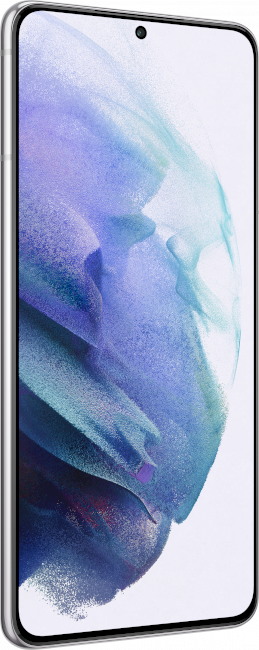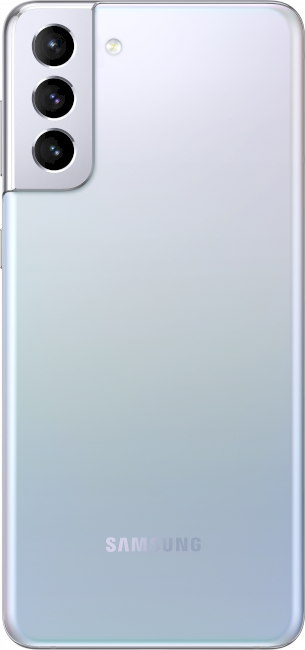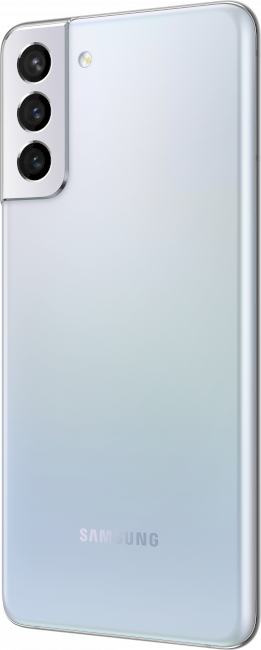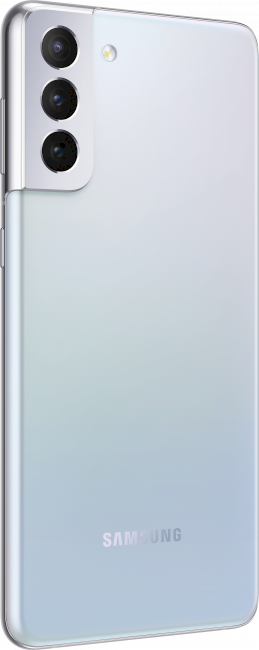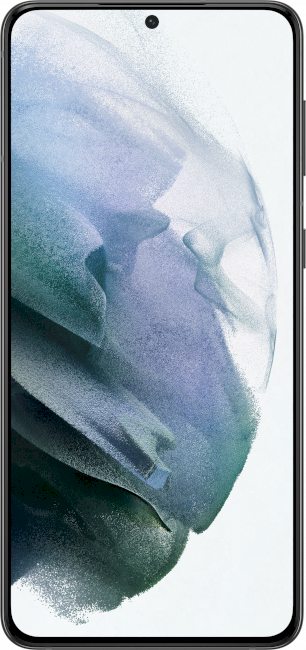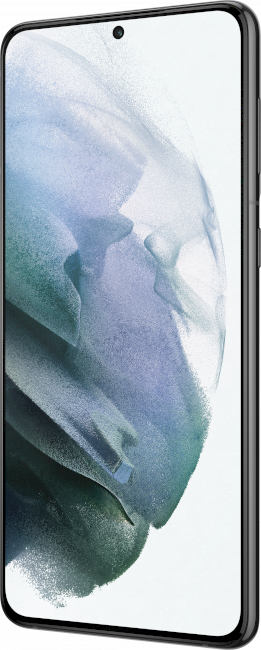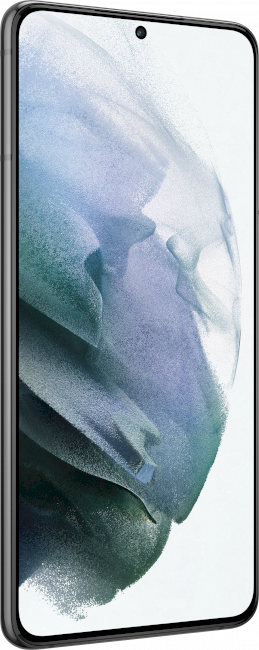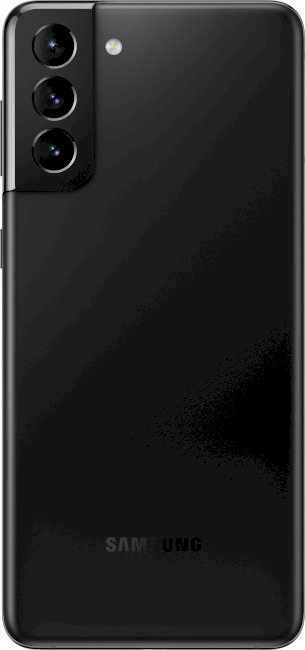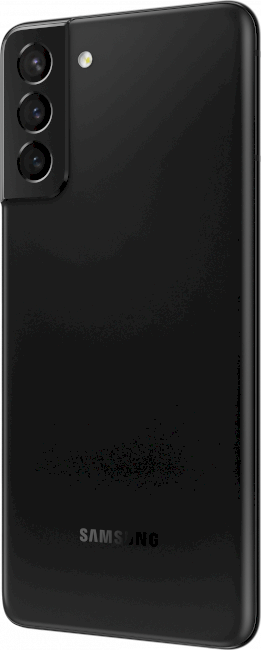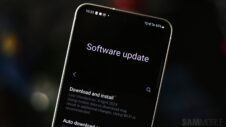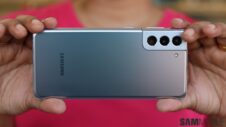The Galaxy S20 series might be old news in flagship terms, as the Galaxy S21 lineup is getting ready to hit the shelves by the end of the month, but how much has the company's premium smartphone trio evolved over the course of 11 months, really?
Similar to last year, the new Galaxy S21 and Galaxy S21+ share many characteristics between them. That's to be expected, but more important is exactly how much, or if the Galaxy S21 and Galaxy S21+ have anything in common with the Galaxy S20 and the Galaxy S20+, respectively. In short, there are some upgrades, a few downgrades, and a handful of reused components all thrown into the mix.
Galaxy S21 / S21+ vs Galaxy S20 / S20+: Design
Save for the new wallpapers and other reworked UI elements introduced by One UI 3.1, the Galaxy S21 and Galaxy S21+ look nearly identical to the Galaxy S20 models when viewed from the front. Their footprints are also nearly the same to the point where you'd be hard-pressed to tell the difference even when viewing them side by side.
What really sets the 2020 and 2021 flagship models apart is the back panel area, or more specifically the camera housing. The Galaxy S21 series has a more substantial yet elegant camera bump made of metal and the end result arguably makes the Galaxy S20 series look older than it actually is.
The base Galaxy S21 model, however, has been downgraded to a plastic back, though there are valid arguments to be made in favor of polycarbonate. Whichever side you may be on, the fact remains that the Galaxy S20 and the Galaxy S20+ are sandwiched between two sheets of Gorilla Glass 6, while the Galaxy S21 has Gorilla Glass Victus at the front and a plastic back panel. The Galaxy S21+, on the other hand, has Glass Victus at the front and back.
Galaxy S21 / S21+ vs Galaxy S20 / S20+: Cameras and Display
Galaxy S20 / S20+ owners who are looking at the Galaxy S21 / S21+ for a camera upgrade are looking in the wrong place and should consider the Galaxy S21 Ultra instead. Simply put, the Galaxy S21 and Galaxy S21+ have the exact same cameras as the Galaxy S20 and Galaxy S20+. Technically, it's one identical camera setup – 10MP (f/2.2) selfie sensor included – for all four phones, so whichever you pick, your photos will look virtually the same.
Hardware-wise, each of these phones come with a triple main camera setup consisting of a 12MP (f/1.8) main shooter with Dual Pixel autofocus and OIS, a 12MP (f/2.2) fixed-focus ultra-wide (120-degrees) sensor, and a 64MP (f/2.0) telephoto camera with Phase Detection autofocus, OIS, and hybrid optic 3x zoom / 30x Space Zoom. Any camera improvements One UI 3.1 has added should be made available for the Galaxy S20 series through later firmware updates.
As for the display category, it's a mixed bag as far as the Galaxy S21 and the Galaxy S21+ are concerned. On the bright side, they have panels with a more gradual adaptive refresh rate of 48-120Hz compared to the 2020 flagship duo which can only achieve 60Hz or 120Hz out of the box.
Unfortunately, the Galaxy S21 and S21+ have been downgraded to a FHD+ resolution (2400 by 1080), down from 3200 by 1440 pixels. This will benefit battery life and, to many users, it might not even make a visual difference, but it is a technical downgrade worth considering.
Galaxy S21 / S21+ vs Galaxy S20 / S20+: Hardware and features
Next to the camera housing design, the most notable change introduced by the Galaxy S21 series is not visible without a set of disassembly tools. We're referring to a pair of new chipsets: the Exynos 2100 and the Snapdragon 888, with availability depending on region.
They are substantially more powerful and efficient than the last generation, and the new Exynos 2100 chipset looks promising enough to compete with Qualcomm's latest solution. Following the Exynos 990 fiasco, Samsung's new Exynos 2100 SoC that ships with the Galaxy S21 series shines like a beacon of hope.
Whichever Galaxy S21/S21+ variant you happen to be buying, you'll get 8GB of LPDDR5 RAM and a choice between 128GB and 256GB of built-in storage. This time the series isn't split between 4G LTE and 5G models, so memory options are also more streamlined.
One unexpected change is the lack of external storage expansion. None of the new Galaxy S21 variants have a microSD card slot, so what you see is what you get. And if you reach your on-board storage limit, your only way to expand beyond what is offered is through cloud storage.
Finally, the base Galaxy S21 model has a 4,000mAh battery, same as the Galaxy S20, but the Galaxy S21+ ships with a larger 4,800mAh unit, up from 4,500mAh last year. Android 11 is available for both the Galaxy S20 and the Galaxy S21 series, but only the latter ships with One UI 3.1. Nevertheless, it won't take long before Samsung brings One UI 3.1 to the Galaxy S20 series through a firmware update.
One final fact worth noting is that the Galaxy S21+ is the only model of the four to take advantage of UWB (Ultra-Wideband) technology.
Galaxy S21 / S21+ vs Galaxy S20 / S20+: Conclusion
So, are the Galaxy S20 and the Galaxy S20+ old news? Yes and no. The new Exynos 2100 chipset is the most exciting upgrade and it might be good enough to tempt some Galaxy S20 owners to switch to the Galaxy S21 or the Galaxy S21+. The 2021 flagship duo arguably looks better but not everything about the new lineup was improved over the previous generation.
The lower resolution displays might put some buyers off, assuming the improved adaptive refresh rate doesn't make up for this downgrade. Expandable storage is gone and the new flagships have the same cameras as last year. All things considered, Galaxy S20 owners probably shouldn't be looking at the 2021 models for an upgrade, unless they find a good trade-in offer.
Newcomers to Samsung's mobile ecosystem, however, should look at the Galaxy S21 series for a purchase. It's faster, better looking, and it ships with newer software which means the phones will receive an extra firmware update. In addition, you'll be getting a 5G variant regardless where you buy the Galaxy S21.
You can refer to our device comparison widget below for a closer look at how the Galaxy S20/S20+ and Galaxy S21/S21+ compare side by side, and don't forget to hit the Full Comparison button below.
General Information
-
Model Name
Galaxy S20
Galaxy S20+
Galaxy S21
Galaxy S21+
-
Model type
Bar
Bar
Bar
Bar
-
Colors
Gray (Cosmic Gray)Blue (Cloud Blue)Pink (Cloud Pink)
Gray (Cosmic Gray)Blue (Cloud Blue)Black (Cosmic Black)
Violet (Phantom Violet)Pink (Phantom Pink)Gray (Phantom Gray)White (Phantom White)
Silver (Phantom Silver)Black (Phantom Black)Violet (Phantom Violet)Red (Phantom Red)Gold (Phantom Gold)Pink (Phantom Pink)
-
Announced
2020, February
2020, February
2021, January
2021, January
-
Released
2020, March
2020, March
2021, January
2021, January
Physical specifications
-
Dimensions
Bar: 151.7 x 69.1 x 7.9 mm
Bar: 161.9 x 73.7 x 7.8 mm
Bar: 151.7 x 71.2 x 7.9 mm
Bar: 161.5 x 75.6 x 7.8 mm
-
Weights
163g
186g
171g
202g
-
IP rating
IP68
IP68
IP68
IP68
Operating system
-
Operating system
Android 11
Android 10
Android 11
Android 11
-
One UI version
3.0
2.1
3.1
3.1
Networks
-
SIM
Dual SIM model (Hybrid SIM slot)
Dual SIM model (Hybrid SIM slot)
Dual SIM model
Dual SIM model
-
SIM card sizes
Nano-SIM (4FF)
Nano-SIM (4FF)
Nano-SIM (4FF)
Nano-SIM (4FF)
-
Networks
2G3G4G
2G3G4G
2G3G4G5G
2G3G4G5G
-
eSIM support
No
No
Yes
Yes
Display
-
Kind
Main Display
-
Name
Infinity-O Display
Infinity-O Display
Infinity-O Display
Infinity-O Display
-
Technology
Dynamic AMOLED 2X
Dynamic AMOLED 2X
Dynamic AMOLED 2X
Dynamic AMOLED 2X
-
Size
6.2 inch / 157.48 mm
6.7 inch / 170.18 mm
6.2 inch / 157.48 mm
6.7 inch / 170.18 mm
-
Resolution
QHD+ / 3200x1440 pixels
QHD+ / 3200x1440 pixels
FHD+ / 2400x1080 pixels
FHD+ / 2400x1080 pixels
-
Pixel density
563 PPI
525 PPI
421 PPI
394 PPI
-
Screen to body ratio
~89.5%
~90.5%
~87.2%
~88.3%
-
Refresh rate
120Hz
120Hz
